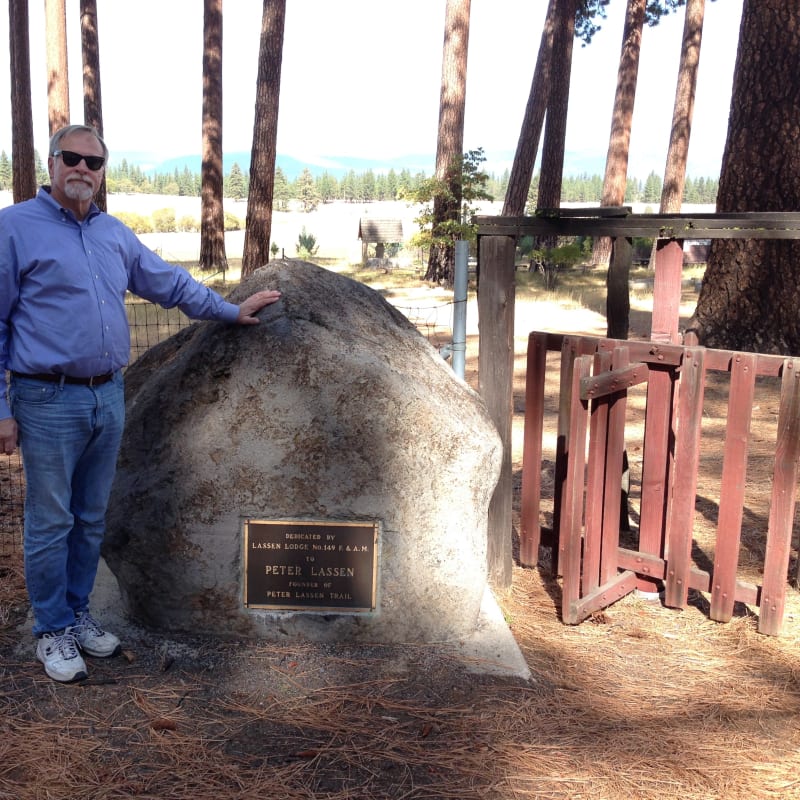

Graven’s model has mostly done well forecasting when surges will peak and how many hospitalizations may be required. As a result, Graven’s ominous prediction about hospital beds, thankfully, did not come true. People stayed away from each other, canceled events and stayed home as much as they could. One of Graven’s models during those first few weeks stated, “We’re going run out of hospital beds in Oregon.” As he played around with models, using what scientists knew at the time about the COVID-19 virus, it quickly became apparent that Oregon needed to act fast. He combed through hospital data and began researching epidemiological models. 28, 2020, Graven went to work, knowing his data-oriented mind could help. When Oregon recorded its first COVID-19 case Feb. “And I liked how I was able to communicate things in a numeric way.”

“The field seemed to be this nice blend of understanding social and political problems from a mathematical perspective,” Graven said. Graven was an undergraduate at University of Wisconsin-Madison when he discovered his interest in economics. “I’ve always thought that numbers can help us connect on things where words aren’t enough.” “I’m a people person who likes math, being part of a team and helping,” Graven said. His specialty is health economics and using math, data and models to help improve OHSU operations. Graven is the first to admit that his expertise isn’t infectious diseases. Graven specifically includes things such as what COVID-19 variant or subvariant is predominant, how transmissible it is, how well it escapes immunity and how well vaccines are working. His methods are similar to how weather forecasters combine factors such as air pressure, moisture levels and wind speed to predict whether the coming week will be sunny or rainy. Graven has used multiple factors to predict COVID-19 cases and hospital capacity, initially weekly, and now every other week. “How many COVID-19 patients are in hospitals tells us how much stress the pandemic is putting on our health care system, and whether we might need to undertake more measures to ‘flatten the curve.’” Graven’s projections have proved to be remarkably close to the mark, so we value the preview they give us into where the pandemic is going,” said Paul Cieslak, medical director, communicable diseases and immunizations at OHA. It’s the kind of data Oregon Health Authority (OHA) looks at closely. “We are trying to estimate how many people are susceptible the virus and, given how fast we know the virus spreads, how many more people will get infected,” Graven said.īy also including data about how many people are likely to need hospitalization, Graven’s model can help predict how many hospital beds might be available during a COVID-19 surge. The pandemic has offered Graven an opportunity to do exactly that – to simplify COVID-19 data. A fancy model is only good if people can understand what it’s doing.” “But maybe just as importantly, we learn to make complex things simple.
#Peter graven how to
“As a Ph.D., you learn how to make simple things complex, and boy can we,” said Graven, age 44. Graven, director of Oregon Health & Science University’s (OHSU) Office of Advanced Analytics, has helped people in Oregon make sense of the pandemic with regular forecasts that began in March 2020.Īs complex as COVID-19 data collection and interpretation is, Graven works hard to simplify it. Peter Graven isn’t a fortune-teller, but he tries his best to predict the future. Peter Graven, director of OHSU’s Office of Advanced Analytics


 0 kommentar(er)
0 kommentar(er)
